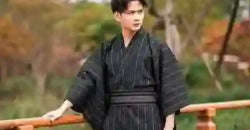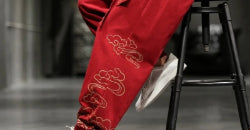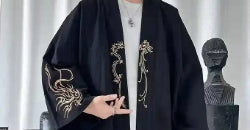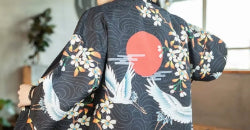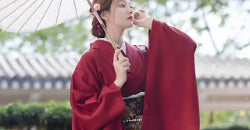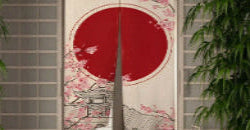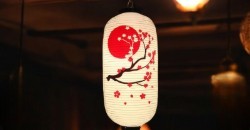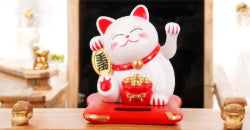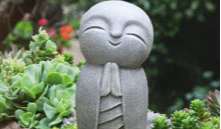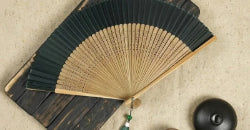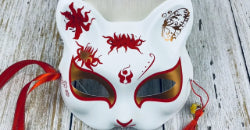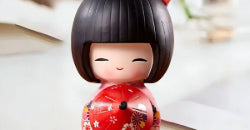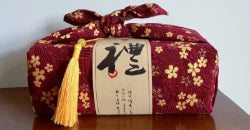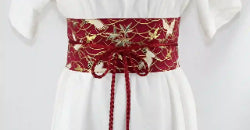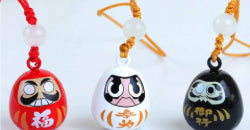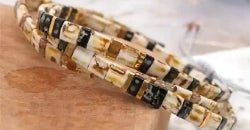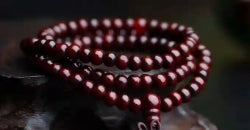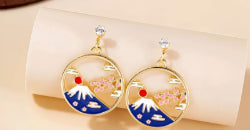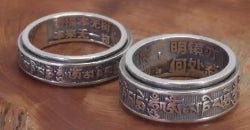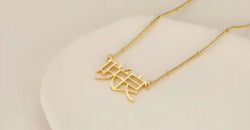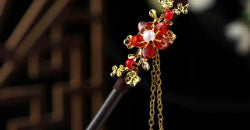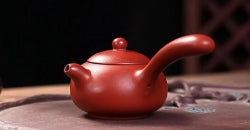The Japanese Dragon: Myth, Legends and Deep Meaning
The Japanese dragon , or ryū (龍) in Japanese, is one of the most fascinating and iconic creatures in Asian folklore. Unlike the Western dragon, which is often seen as a fire-breathing destroyer, the Japanese dragon is a revered figure, a symbol of strength, wisdom, and protection. This article explores in depth the importance of the Japanese dragon in Japanese culture, its origin, its unique characteristics, and the legends associated with it.
A Majestic Portrait of the Japanese Dragon

The Japanese dragon is distinguished by its unique and impressive appearance. With a long, serpentine body covered in scales, the Japanese dragon lacks wings, unlike Western dragons. Its sinuous body resembles that of a giant serpent, while its head is a blend of features borrowed from various animals: deer horns, a camel's mane, eagle claws, and piercing eyes that give it a look that is both formidable and majestic.
One of the peculiarities of the Japanese dragon is that it goes through several stages of development before reaching its final form. It begins life as a snake, then transforms into a carp, acquires a goatee, clawed feet, a tail and finally horns that allow it to hear and discern threads . This slow and gradual transformation symbolizes perseverance and wisdom accumulated over time. Furthermore, in the Japanese world, the beauty and symbolism of the dragon are often associated with moments of serenity, such as those shared around a cup of tea. To learn more about Japanese tea , visit our collection.
Origins and Symbolism of the Japanese Dragon

Japanese dragons have their origins in the world's founding myths. According to Japanese tradition, these mystical creatures appeared shortly after the birth of heaven and earth, alongside other supernatural beings, to watch over the deities (kami) and preserve the harmony of the universe. As rulers of the natural elements, dragons ruled the:
- oceans;
- rivers; and
- mountains,
In Buddhism, Japanese dragons are often seen as protectors of temples and deities, guardians of sacred treasures. The pearl they conceal in their throats is a symbol of wisdom and power, offering happiness and prosperity to whoever manages to possess it.
The Different Types of Japanese Dragons

The Japanese dragon is not a single creature, but rather a family of dragons with diverse functions. There are several types of Japanese dragons , each with a specific role in mythology:
- The Celestial Dragon : Guardian of the gods, he resides in the skies and watches over the kami .
- The Spirit Dragon : Associated with wind and rain, this dragon controls the weather elements.
- The Earth Dragon : Guardian of rivers and oceans, he ensures the purity of the waters.
- The Treasure Defender Dragon : Protector of precious stones and hidden treasures.
- The Imperial Dragon : Symbol of the Chinese dynasty, it represents imperial authority and power.
Japanese Dragon Symbolism in Culture
The Japanese dragon is a symbol of power, strength, and unpredictability, embodying the raw forces of nature. Yet, despite its destructive potential, it is generally perceived as an auspicious sign, bringing happiness, wealth, and success. The Japanese dragon is also a symbol of wisdom, perseverance, and immortality—qualities highly valued in Japanese culture.
As masters of the elements, Japanese dragons are often animated to attract rain, essential to the survival of agricultural crops. Their role as protectors of natural resources makes them essential to the harmony between humans and their environment.
Japanese Legends About Dragons

Japanese legends are rich in stories featuring Japanese dragons , symbols of strength and protection. Among the most famous stories are the legend of Yamata no Orochi and that of Watatsumi , the Dragon King.
The Legend of Yamata no Orochi: The Eight-Headed Dragon

Yamata no Orochi is one of the most feared dragons in Japanese mythology. This eight-headed, eight-tailed monster seemed to terrorize the Izumo region, devouring a young girl every year. To appease the creature, the locals offered their youngest daughters as sacrifices. However, Susanoo, the god of storms, offered to kill the dragon in exchange for the hand of the last daughter of the king of Izumo.
Susanoo uses a clever ruse to defeat the Japanese dragon . He makes Yamata no Orochi drink eight barrels of sake, which puts the creature into a deep sleep. Taking advantage of the opportunity, Susanoo beheads the dragon, discovering in its body a sacred sword, the Kusanagi no Tsurugi , which he gives to his sister, Amaterasu, the goddess of the sun.
Watatsumi: The Dragon King and God of the Sea

Watatsumi , also known as Ryujin , is another major dragon in Japanese mythology. King of the seas, he is responsible for the tides and ocean currents. His underwater palace is a place of beauty and wealth, where he welcomes shipwrecked sailors and lost travelers.
Legend has it that Ryujin fell in love with a human woman, Otohime, who became his wife. Together, they lived in the underwater palace until Otohime's husband, Hoori, decided to return to Earth. Before leaving, Ryujin helped Hoori by providing her with a magical fishhook, a symbol of their alliance between the human world and that of the dragon gods.
The Japanese Dragon in Contemporary Culture
Today, the Japanese dragon continues to influence Japanese culture, appearing in festivals, tattoos, and artwork. Every spring, during Kinryu no mai in Tokyo, an 18-meter-long golden dragon parades around Senso-ji Temple, celebrating the power and majesty of Japanese dragons . This ceremony, which features a dragon covered with 8,888 scales, symbolizes good luck and prosperity.
Japanese dragons are also a popular motif in tattoo art, where they symbolize inner strength, protection, and wisdom. Whether on temple walls or in modern Japanese artwork, the dragon remains a respected and revered figure, representing the deep values of Japanese culture.
Conclusion: The Japanese Dragon, Eternal Symbol of Strength and Wisdom
The Japanese dragon is much more than just a mythological creature; it is a powerful symbol of Japanese culture and spirit. Through legends, rituals, and artistic representations, the Japanese dragon embodies values of strength, protection, and wisdom. Whether in ancient stories or modern practices, the dragon continues to fascinate and inspire, reminding everyone of the importance of nature, perseverance, and the pursuit of harmony.
By exploring these legends and understanding the symbolism of Japanese dragons , we can better appreciate their central role in Japanese culture and the lasting impact they have had on Japanese history and beliefs.




